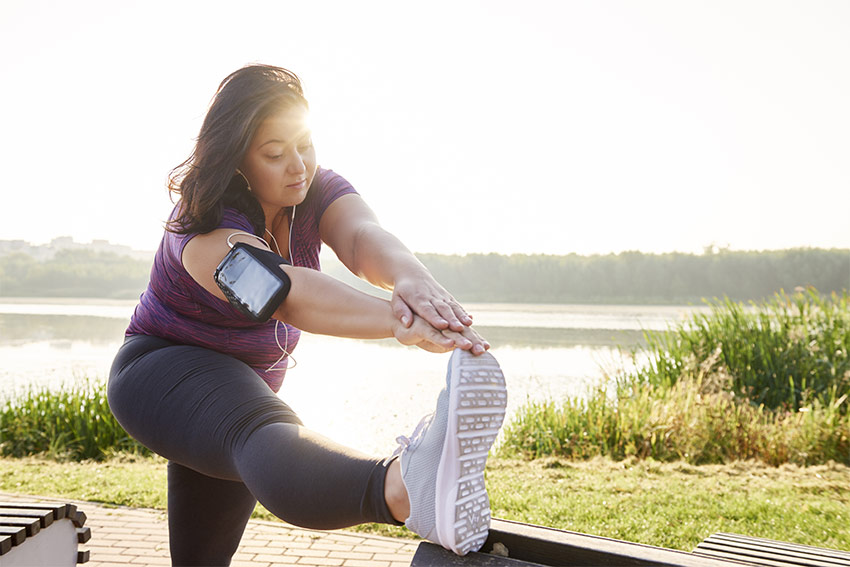Sprains Versus Strains – What’s the Difference?
Sprains and strains are common injuries, and while you may think they’re the same type of injury because they present with many of the same signs and symptoms, they actually involve different parts of the body. In this article we’ll break down the details of both sprains and strains and discuss how to prevent them.
Sprains
A sprain refers to an injury of a ligament, which is the fibrous connective tissue that connects two bones together at a joint. A sprain may involve a stretch, partial tear, or a complete tear of the affected ligament.
Sprains are graded according to severity of the injury:
- Grade 1 – mild stretching of the ligament, typically associated with slight swelling and/or tenderness of the area.
- Grade 2 – moderate injury with partial macroscopic tearing of the ligament, typically associated with increased swelling and/or tenderness of the area.
- Grade 3 – complete rupture or tear of the ligament, often requiring surgical repair.

A sprain usually occurs suddenly and can affect various joints in the body including the ankle, elbow, knee, wrist, and neck. This type of injury typically happens after twisting awkwardly or falling and may also occur after a direct blow to the area
Symptoms of a sprain may include pain, bruising, swelling, and decreased movement of the joint. Additionally, you may feel a “popping” sensation when the injury occurs.
Strains
A strain refers to an injury of the muscles and/or tendons, often at the myotendinous junction, which is where the tendon and muscle meet. Like sprains, strains are also graded according to the severity of injury:
- Grade 1 and 2 – damage to muscle fiber with the muscle sheath sustaining no damage.
- Grade 3 – partial rupture of the muscle and muscle sheath.
- Grade 4 – compete rupture of the muscle and muscle sheath.
A strain can happen suddenly or develop over a period of time due to repetitive movement of a muscle, and typically affect the back and hamstrings.
Symptoms of a strain may include pain, swelling, weakness, muscle spasm, and difficulty moving the affected muscle.
Prevention
Strains and sprains can often be prevented by taking some extra steps to prepare your body before performing intense physical exercise, as well as maintaining healthy daily habits and practices such as:
- Warming up your muscles and stretching prior to physical activity
- Building and maintaining muscle and joint strength and flexibility with regular exercise
- Practicing good posture when sitting and standing
- Using correct techniques when lifting heavy objects

Conclusion
While the signs and symptoms for strains and sprains can be similar, there are distinct difference to these types of injuries. Sprains occur to the ligaments of the body, while strains occur to the muscles and/or tendons of the body. If you feel that either has happened, you should consult your medical professional to determine the appropriate course of treatment based on the specific injury and your medical history.
H-Wave offers an effective way to assist recovery. It performs a method of helping expedite fluid through these areas of sprains and strains. It safely moves muscle fibers while experiencing zero fatigue. Learn more today at www.h-wave.com
You May Also Like: